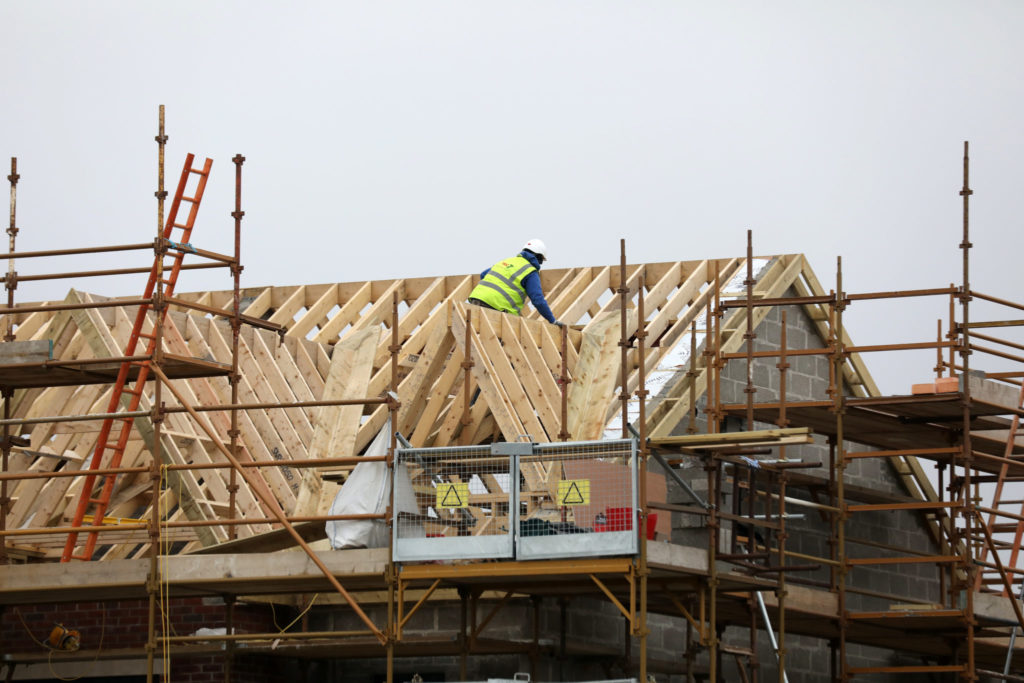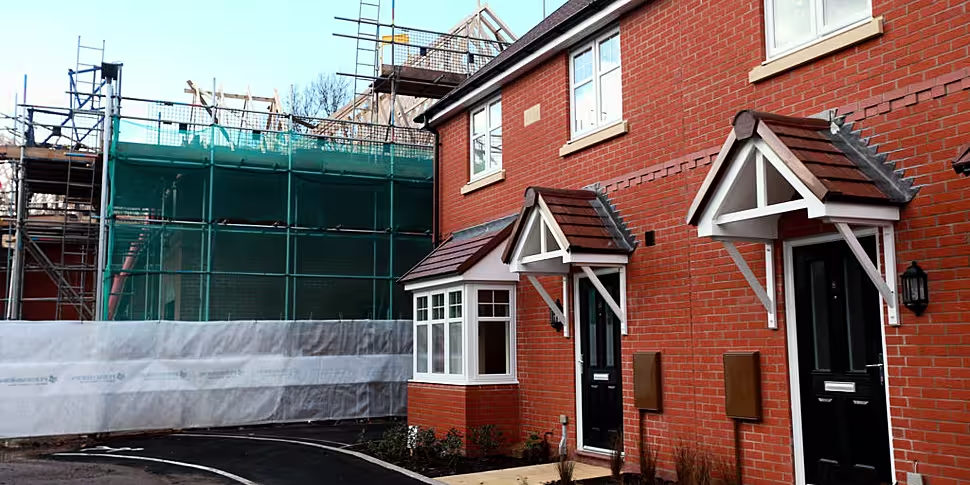Some 34,000 new homes are needed to be built every year for the next 10 years to meet demand.
A new Central Bank publication says the rate of house building has failed to keep pace with population growth.
It says home building needs to be ramped up over the next decade to facilitate demand.
This economic letter finds over the last 25 years, the construction sector experienced an "unsustainable expansion followed by a severe contraction".
From 1998 to 2008, around 660,000 homes were built - more than double what was completed in the preceding 10 years.
During this period housing completions averaged 60,200 per year.
However the collapse of the property market bubble in 2008, and the economic crash, saw a sharp fall in house building.
From 2009 to 2018, only around 106,000 homes were completed: an average of just over 10,500 a year.
This collapse in house building took place despite continued growth in the population.
Between Census 2011 and Census 2016, the overall population increased by 173,000.
 Building workers on a housing estate in Naas Co Kildare | Image: Eamonn Farrell/RollingNews.ie
Building workers on a housing estate in Naas Co Kildare | Image: Eamonn Farrell/RollingNews.ieThe letter says this continued population growth, combined with the fall in houses, contributed to "the reversal of a 50-year trend" in Census 2016.
In that census, the average household size - which had declined continuously in every Census since 1966 - recorded a marginal increase.
Economic growth has also continued at a rate of 4.6% from 2016 to 2019 - putting further pressure on supply.
This year 21,000 new houses are expected to be built, but the Central Bank believes this is below current and future estimated demand.
"The level of new supply is too low and is contributing to ongoing imbalances in Ireland's residential property market", it says.
The letter notes that 34,000 new homes are needed to be built every year for the next 10 years.
"The housing demand estimates are sensitive to the projected change in the population", the authors say.
"In particular, there is uncertainty over the scale of future net migration flows and in recent years net inward migration has been higher than in the CSO projections.
"A continuation of this trend would result in additional demand for housing in excess of the estimates presented in this letter.
"Our analysis provides estimates of future overall housing demand but does not address the composition of the housing stock."









